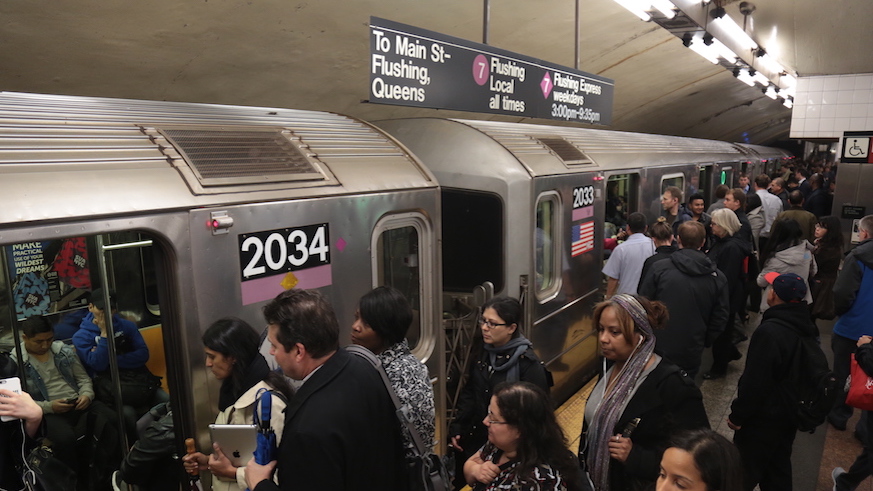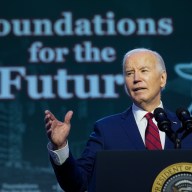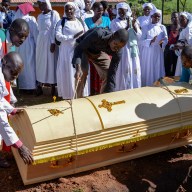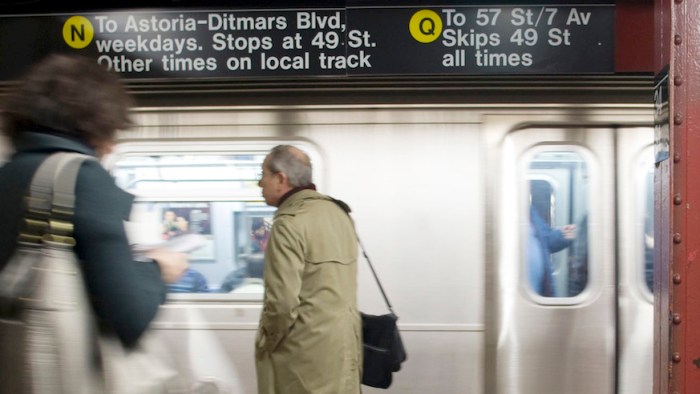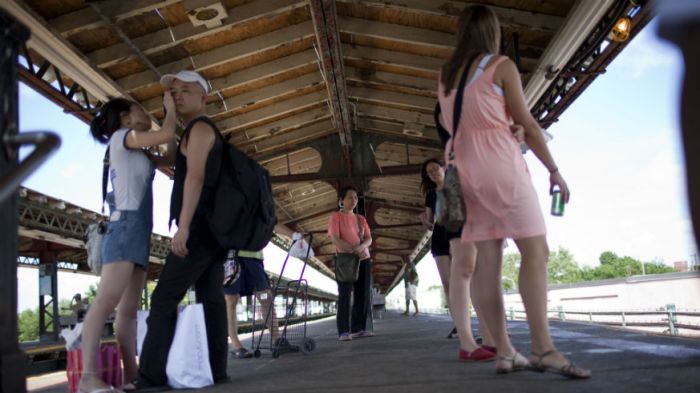There are better investments the MTA can make to improve service on the No. 7 Flushing subway than the installation of countdown clocks. In March 1953, a super express began operating from Flushing–Main Street to Times Square in the morning rush hour. This 7 express stopped at Main Street and Willets Point before skipping all stops to Queensboro Plaza, including the Woodside and Junction Boulevard express stops. This ended in a few years.
Holiday and Saturday express service was discontinued in March 1954. Midday express service between 10 a.m. and 3 p.m. was discontinued in August 1975. It briefly returned for several years in the 1980s before ending once again. Riders have had to endure too many years of inconvenience as a result of the MTA investing $774 million in Communication-Based Train Control on the 7 line. With or without CBTC, there are opportunities to increase capacity and service by running trains more frequently midday, evenings, overnight and weekends. There has been no express service between 10 a.m. and 3 p.m. due to periodic ongoing track, power, signal and routine maintenance projects for decades, including work to support CBTC.
Upon implementation of CBTC by early 2018 (which was supposed to have been completed between October and December 2016), let’s hope midday express service resumes. Will it be worth investing $774 million in CBTC when it may only result in increasing the number of rush hour trains by two, from 30 to 32, in each direction? After that, the MTA no longer has any other opportunity for increasing rush hour capacity on the 7 line.
Many are not aware of the tremendous capital investments made by the MTA since 1981 on the 7 line, just to maintain existing service. This includes over $8 billion by NYC Transit and $2.5 billion by MTA Capital Construction. (The Hudson Yard station extension was paid for by NYC.) Over $2.5 billion of the $8 billion in NYC Transit capital improvements were funded under grants provided by the Federal Transit Administration. All of the above have offered MTA NYCT the ability to continue providing 24/7 service on the 7 line. Some of the capital investments funded by the federal government include upgrading the Corona Yard and Shop, which supports both maintenance and storage of the 7 fleet. Numerous subway stations have been upgraded to a state of good repair, including Flushing Main Street, 74th Street Roosevelt Avenue (including improved internal circulation to E, F, M and R subway lines along with the adjacent bus terminal), Court Square (including internal circulation improvements with connections to G, E & M subway lines) and Times Square. Hundreds of new subway cars have also been purchased. A mix of local MTA funding, supplemented by federal funding, was also spent to support line equipment, structures, security, signals, communications, tracks, interlockings, power, escalators, elevators and other stations.
The $32 billion MTA 2015 – 2019 Capital Program provides funding to upgrade the Mets-Willets Point ($48 million), 111th Street ($16 million), 103rd Street ($18 million) and 82nd Street ($22 million) in 2018. Additional stations including 69th Street ($17 million), 61st Street Woodside ($17 million) and 52nd Street ($18 million) stations for 2019. There is also seed money to look into the possibility of the long-forgotten Flushing Bus Terminal. This need has been previously documented in planning studies going back to the 1960s. Construction of a Flushing intermodal bus terminal could facilitate a smoother transfer between bus and subway. A short-term improvement could be construction of bus holding lights at bus stops directly adjacent to the Flushing–Main Street subway station. This would assist riders transferring from subway to bus when a train arrives several minutes after scheduled bus departures. Missing a bus by a minute or two during off-peak hours (when buses operate with longer intervals) is frustrating to riders.
Given the tremendous growth in 7-train ridership 24/7, riders would welcome restoration of midday, Saturday and holiday express services along with more frequent local service off-peak, late evenings, overnight and weekends. These would be far better investments than wasting millions for installation of countdown clocks.
Larry Penner is a transportation historian and advocate who previously worked 31 years for the U.S. Department of Transportation Federal Transit Administration Region 2 NY Office.

